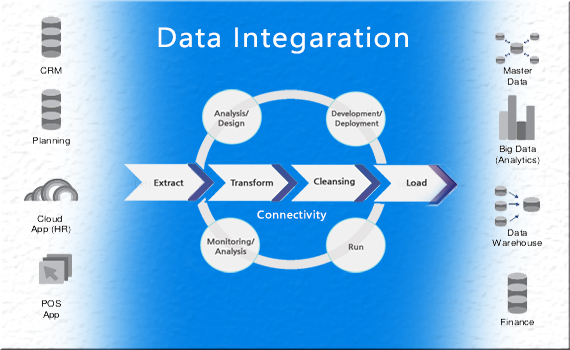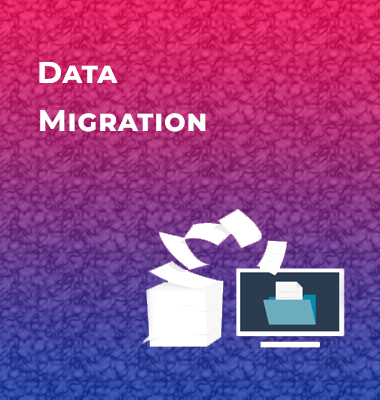
Data Integration
Data integration involves combining data from several disparate sources, which are stored using various technologies and provide a unified view of the data. It has become the focus of extensive theoretical work, and numerous open problems remain unsolved. Data integration becomes increasingly important in cases of merging systems and consolidating applications with in one company to provide a unified view of the company's data assets. Probably the most well-known implementation of data integration is building an enterprise's data warehouse. The benefit of a data warehouse enables a business to perform analyses based on the data in the data warehouse. This would not be possible to do on the data available only in the source system. The reason is that the source systems may not contain corresponding data, even though the data are identically named, they may refer to different entities.
Data Migration
Data Migration is the process of transferring data from one system to another while changing the storage, database or application. In reference to the ETL (Extract-Transform-Load) process, data migration always requires at least Extract and Load steps.
Typically data migration occurs during an upgrade of existing hardware or transfer to a completely new system.
Examples include:- Migration to or from hardware platform
- Upgrading a database or migrating to new software or company-mergers when the parallel systems in the two companies need to be merged into one.
There are three main options to accomplish data migration:
- Merge the systems from the two companies into a brand new one
- Migrate one of the systems to the other one.
- Leave the systems as they are but create a common view on top of them - a data Management.

